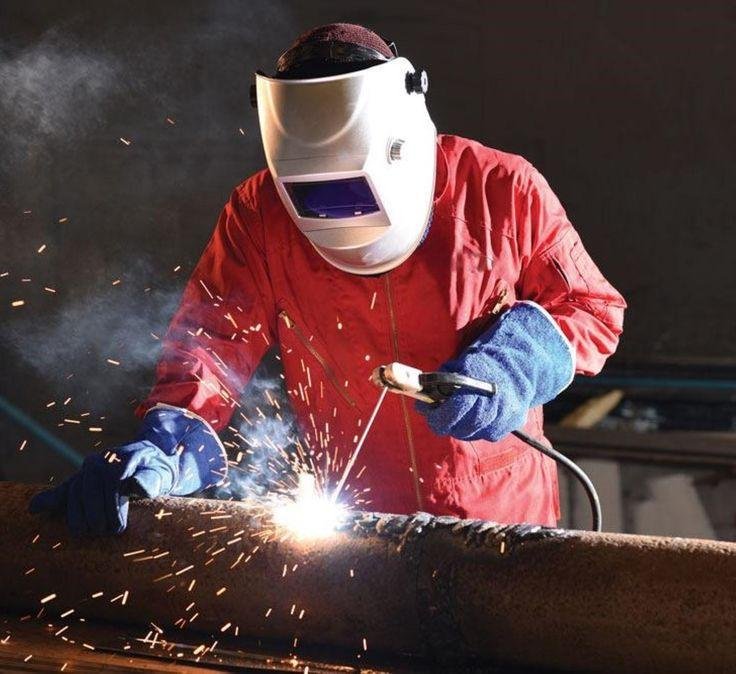Welding industry
Introduction
We all know that welding is a vital component of construction and many other industries. In the past, highly trained individuals were required to fuse materials manually, frequently in difficult circumstances.
However, with the introduction of new technologies, the welding industry is undergoing a significant transformation. This blog examines how welding is changing due to technology. Let us get started without any delay.
Advanced Methods for Welding
Technological developments have undoubtedly made new welding procedures more environmentally friendly and have provided the best performance possible. New advanced methods have made the welders work smoothly and convenient.
There are number of Welding methods like electron beam, friction stir, and laser welding becoming increasingly common. Let us have a look at them:
Laser Welding
First pf all, let’s discuss the laser welding method. Laser welding is the most fastest and likely to be the most accurate method of fusing materials together using a laser beam. It’s especially helpful in sectors like electronics and aircraft that demand premium welds. This method of welding is very common nowadays, as welders use it only for this purpose.
It has found numerous applications across most industries, particularly in the automation of small-component welding, where tight control means there’s no need for cleanup.
Friction Stir Welding (FSW)
Secondly, we will come to the friction stir welding method. FSW, Friction Stir Welding is a solid-state joining technique in which friction produces heat. Because it works especially well when welding aluminum and other non-ferrous metals, the aerospace and automobile sectors use it extensively.
Check Out This Link
Safety in Numbers: Best Practices for Workplace Safety with a Multicultural Welding Team
Electron beam welding (EBW):
Now, let’s discuss the Electron Bean Welding method. EBW, or Electron Beam Welding, joins materials together with a high-velocity electron beam. Because it is done in a vacuum, it works well for deep penetration and thick material welding.

Here, The workpieces melt and flow together as the kinetic energy of the electrons is transformed into heat upon impact.
Know about Machine learning and artificial intelligence
Every individual needs to know one thing about this field: Welding is becoming increasingly dependent on artificial intelligence (AI) and machine learning (ML). AI can analyze large volumes of welding process data to find trends and optimize settings, improving efficiency and quality. It can make the work of individuals easier.
Also, when it comes to machine learning, by anticipating possible problems and recommending preventive actions, machine learning algorithms can lower maintenance costs and downtime. This can really positively affect work. Individuals can do their tasks on time. There will always be less waste of time and quality.
Conclusion
The future of the welding industry will be at its peak and bright as light as Technology transforms the Role of Asian Welders. Now, many new modern techniques have come into existence. Machine learning and artificial intelligence also took place. We can say that individuals can look for a rewarding career in this field of construction.
I hope this blog is helpful to you and that you learn about Advanced methods of welding. If you have any queries, do ask in the comment section. We would be happy to help you and assist you as best we can.






